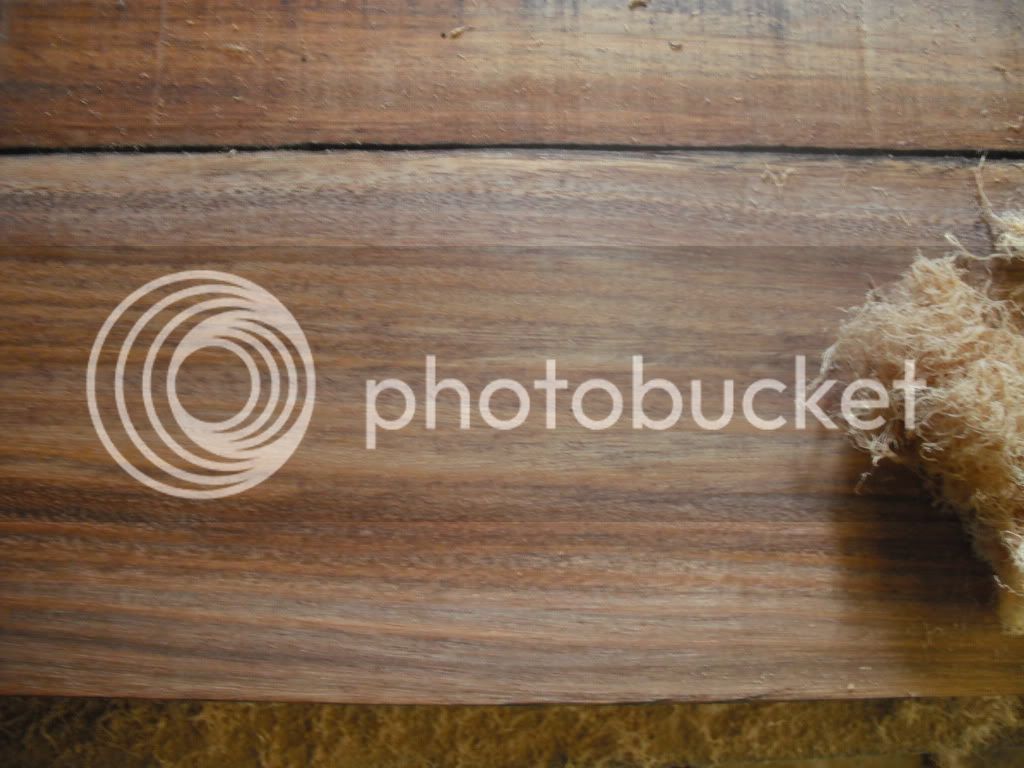A place I worked at nearly 20 years ago bought a job lot of reclaimed fence posts in large dimensions and I had lots of things to make from them. Despite earlier comments, I now recall that some of them were elm along with other timbers.Richard T":2944gh4x said:When I said that it was rare, I meant rare to be used for sleepers, rather than Elm being now rare due to Elm beetle.
Many moons ago when I was working for the council tree Dpt., we were given the odd job of "felling" a circle of old sleepers set upright in concrete as a play ground surrounding wall/fence. I guess the playground was due for demolition to be replaced with 1980s health and safety rubber bounciness. There were about fifty of them, two were Elm. V. surprising I concede but, nevertheless, there they were.
Mark, if you could get a jack plane (or plane of your choice) sharp enough to cut through time and take the bandsaw marks off - maybe we could have a better gander at the grain? Also note whether said plane encounters Elm - like changes of grain direction...
This stuff was absolutely vile to work with: thoroughly impregnated with tar or something, loads of splits, shakes & knots and full of grit and filth. And the shop had no extraction. For machining, I used to wear a respirator (not a mere dust mask); a rubber job with screw on metal filters. Not comfortable in the hot weather, but the dust was hideous and I was afraid of what it probably contained.




